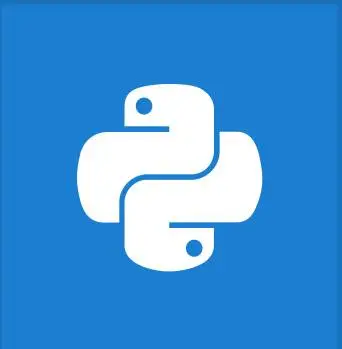


Python 中的 endswith() 函数用于检查字符串是否以给定的后缀结尾。如果是,函数返回 true,否则返回 false。
str.endswith(suffix[, start[, end]]) #where index is an integer value
endswith() 函数接受三个参数。如果未指定起始和结束前缀,则默认情况下它将检查从零索引开始的整个字符串。
| 参数 | 描述 | 必需/可选 |
|---|---|---|
| 后缀 (suffix) | 要检查的后缀字符串或后缀元组 | 必需 |
| 开始 (start) | 在字符串中检查后缀的起始位置 | 可选 |
| 结束 (end) | 在字符串中检查后缀的结束位置 | 可选 |
返回值始终是布尔值。也可以向此方法传递元组后缀。如果字符串以元组中的任何元素结尾,则此函数返回 true。
| 输入 | 返回值 |
|---|---|
| 如果字符串以指定的后缀结尾 | True |
| 如果字符串不以指定的后缀结尾 | False |
string = "Hii, How are you?"
result = string.endswith('are you')
# returns False
print(result)
result = string.endswith('are you?')
# returns True
print(result)
result = string.endswith('Hii, How are you?')
# returns True
print(result)
输出
False True True
string = "Hii, How are you?"
# start parameter: 10
result = string.endswith('you?', 10)
print(result)
# Both start and end is provided
result = string.endswith('are?', 2, 8)
# Returns False
print(result)
result = string.endswith('you?', 10, 16)
# returns True
print(result)
输出
True False True
string = "apple is a fruit"
result = string.endswith(('apple', 'flower'))
# prints False
print(result)
result = string.endswith(('apple', 'fruit', 'grapes'))
#prints True
print(result)
# With start and end parameter
result = string.endswith(('is', 'to'), 0, 8)
# prints True
print(result)
输出
True False True